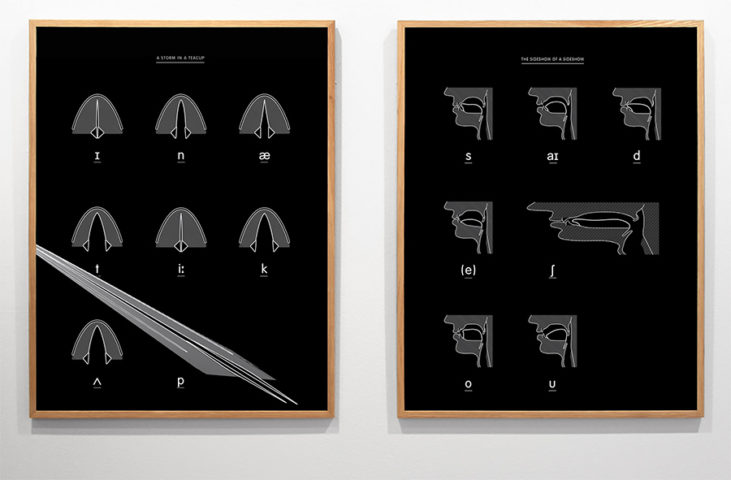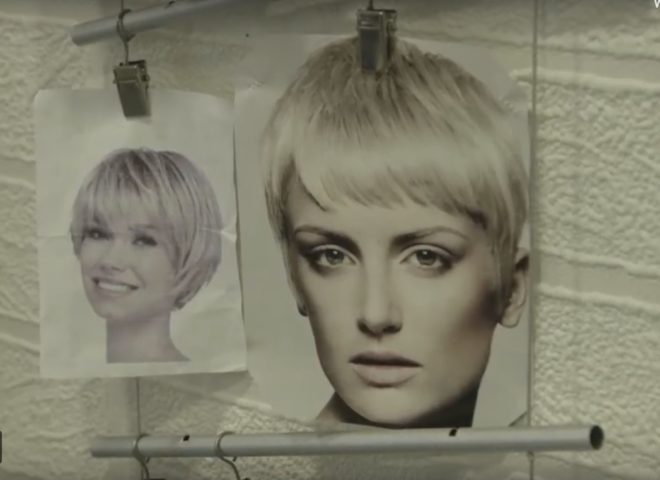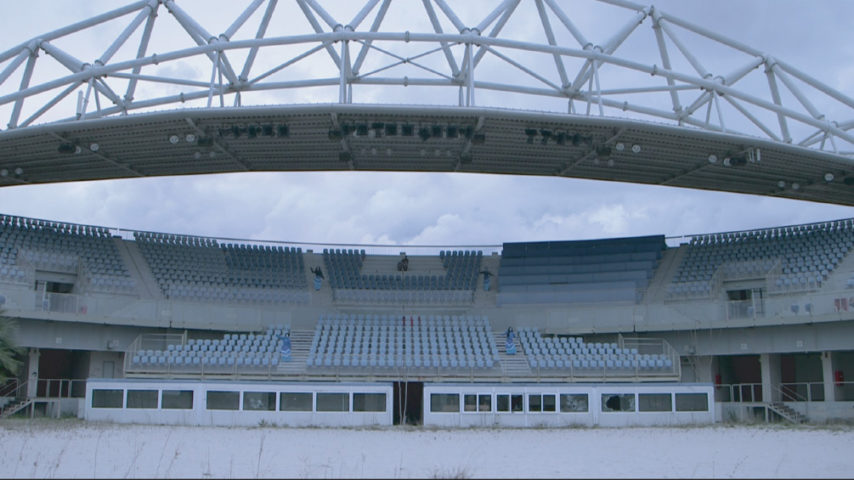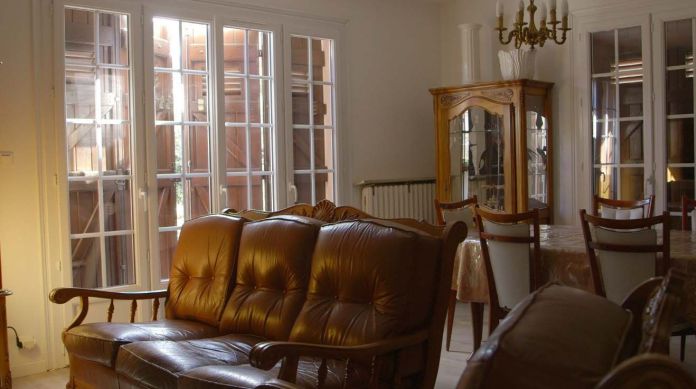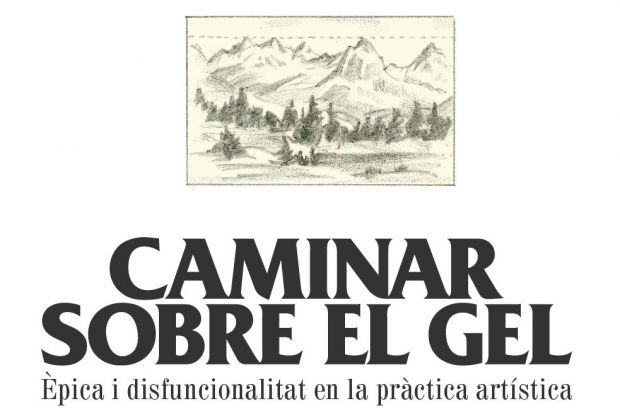Les Adversaires. Screening in three acts.
By Pauline Bastard.
Fondation d’entreprise Pernod Ricard, Paris
Launching party on April 7th at 7pm
Screenings every day from Monday to Saturday from 5pm to 7pm until April 30th included
A group of citizens reinterpret the 2022 presidential election campaign as it unfolds. The speeches uttered in interviews, meetings and debates become a text worked on in different workshops. The political word is repeated by unknown bodies. Deprived of its context, the speech is put back in the center of the political question, repeating it, isolating it, allows to listen to it. During the presidential election, the citizens are invited to choose among the candidates. The person who is elected has an influence on these bodies which gave (or not) their voice. The device proposes to take back the word to the candidates.
During this electoral month, the artist invests the auditorium of the foundation, unfolding a program of daily projections in three acts: the campaigns, the debate, the investiture, each day from 5 to 7 pm.
April 7: Act 1 – On the campaign trail
April 14: Act 2 – In Between
April 26: Act 3 – The End

